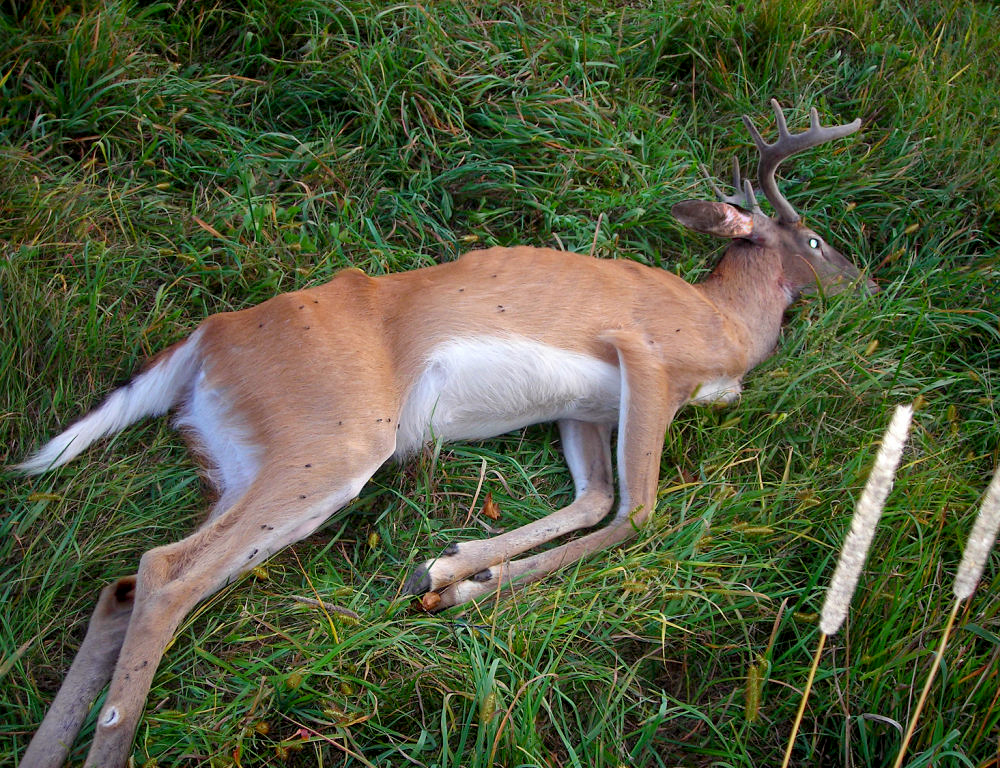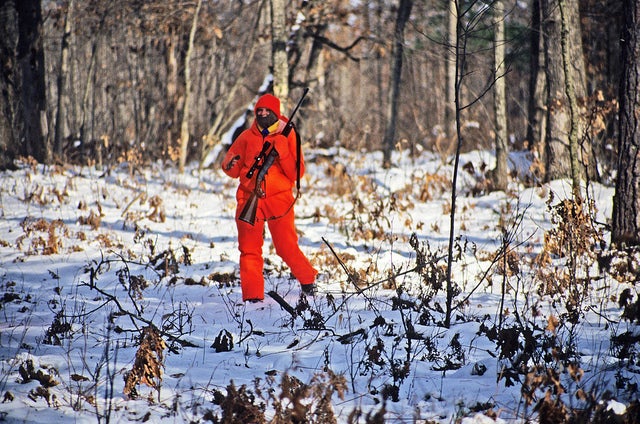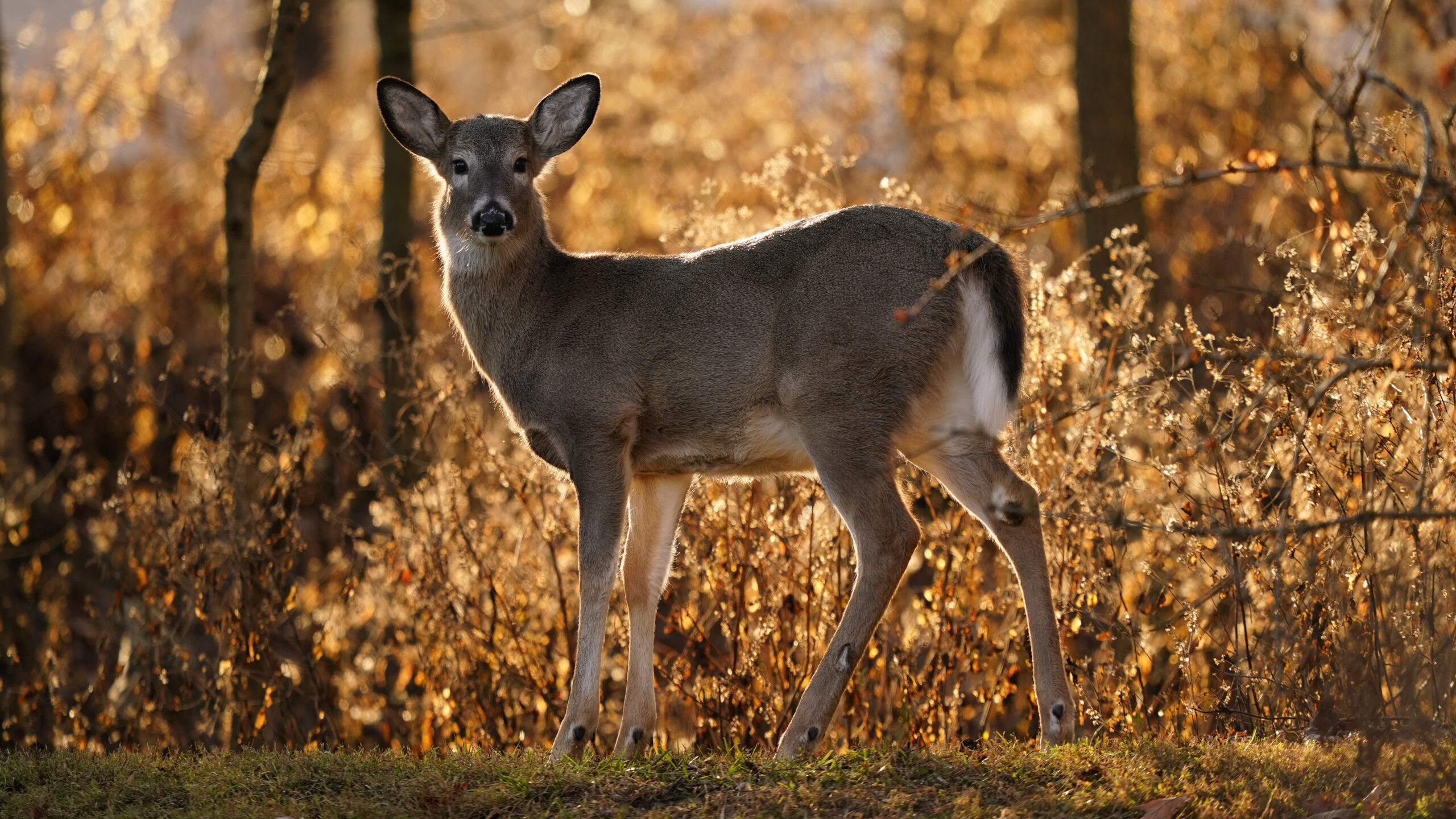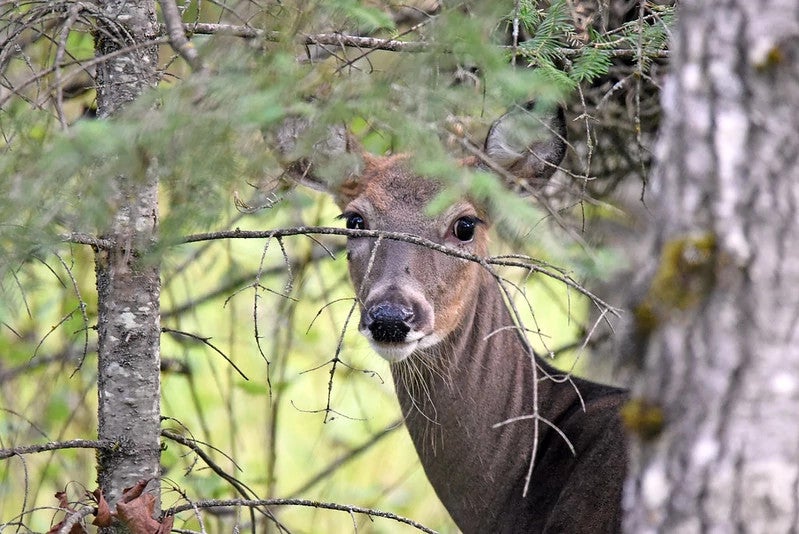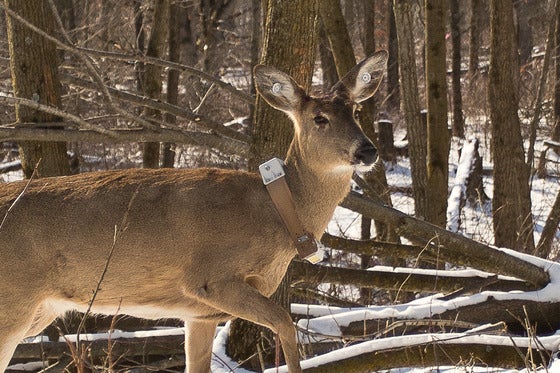The number of deer that tested positive for chronic wasting disease grew by roughly 6 percent last year from 2022 as new detections continue in wild and farm-raised deer.
The Wisconsin Department of Natural Resources released the sampling results as part of an update on the deadly deer disease at a Wednesday meeting of the Natural Resources Board. Chronic wasting disease, or CWD, attacks the brains of deer and other animals, causing drastic weight loss and death over time.
In 2023, the agency sampled 17,329 deer for the disease, which was first detected in the state near Mt. Horeb in 2002. Erin Larson, the agency’s deer herd health specialist, said results showed 1,586 deer tested positive.
“The majority of them are in that southern farmland zone and more specifically in that southwest part of Wisconsin,” said Larson.
In 2022, the agency found 1,492 deer tested positive for CWD out of 17,206 deer sampled.
News with a little more humanity
WPR’s “Wisconsin Today” newsletter keeps you connected to the state you love without feeling overwhelmed. No paywall. No agenda. No corporate filter.
The DNR doesn’t provide a statewide rate of disease detections because the presence of CWD varies widely among deer throughout the state. The agency has also said hunter interest and its monitoring plan can affect the number and distribution of CWD samples collected. The vast majority of deer that tested positive for the disease were sampled in southern Wisconsin, including in Richland, Iowa, Sauk and Dane counties.
“Unfortunately, we have seen a rise in the number of detections that we’re getting from some of those areas,” Larson said.
In Sauk County, Larson said the disease has been found in about 33 to 37 percent of does and 45 to 48 percent of bucks.
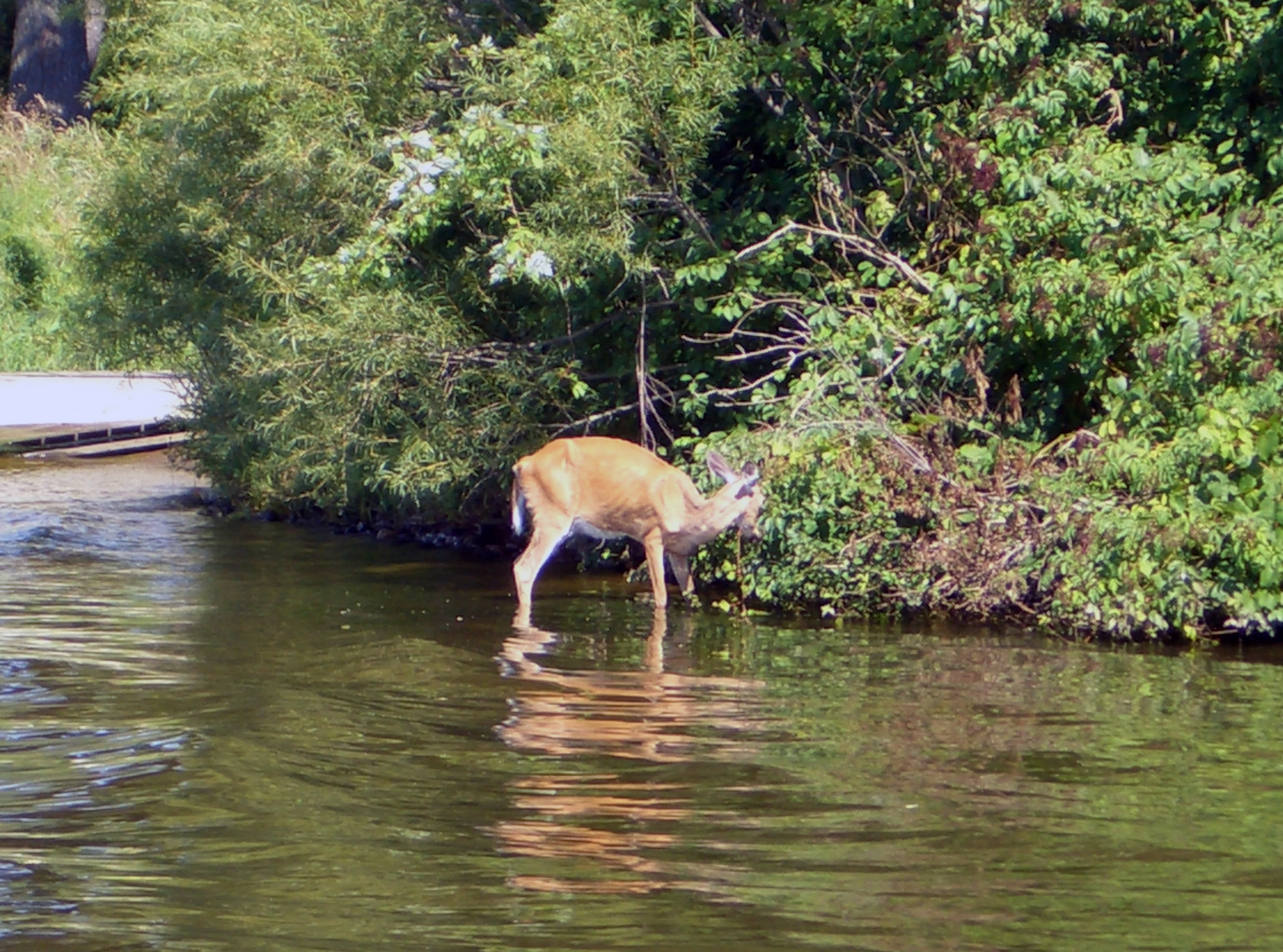
More counties affected by the disease as it continues to spread
Wisconsin now has at least 64 counties the DNR considers CWD-affected. In the last year, the agency said it’s seen eight new detections as the disease was found for the first time among wild deer in Polk, Trempealeau, Jackson and Waushara counties. Last month, the disease was also found in a wild deer for the first time in Pierce County.
Six facilities had their first detection of CWD in farm-raised deer in Dodge, Sauk, Washburn, Rock, Oneida and Sheboygan counties.
The disease has raised concerns about the health of the state’s wild deer herd and captive deer among hunters, tribes, lawmakers and deer farm owners. Hunting contributes about $2.5 billion to the state’s economy with the vast majority of that stemming from big game animals like deer.
Bill Smith, the board’s chair, questioned whether efforts to control the spread of the disease are working.
“Despite our best efforts, geographically CWD has continued to spread to the north, to the east, to the northeast,” Smith said.
Larson said efforts like bans on baiting and feeding deer reduce the risk of transmitting the disease, but they don’t eliminate risks altogether. As hunters move deer across the state, she added that carcass disposal sites may help reduce the spread.
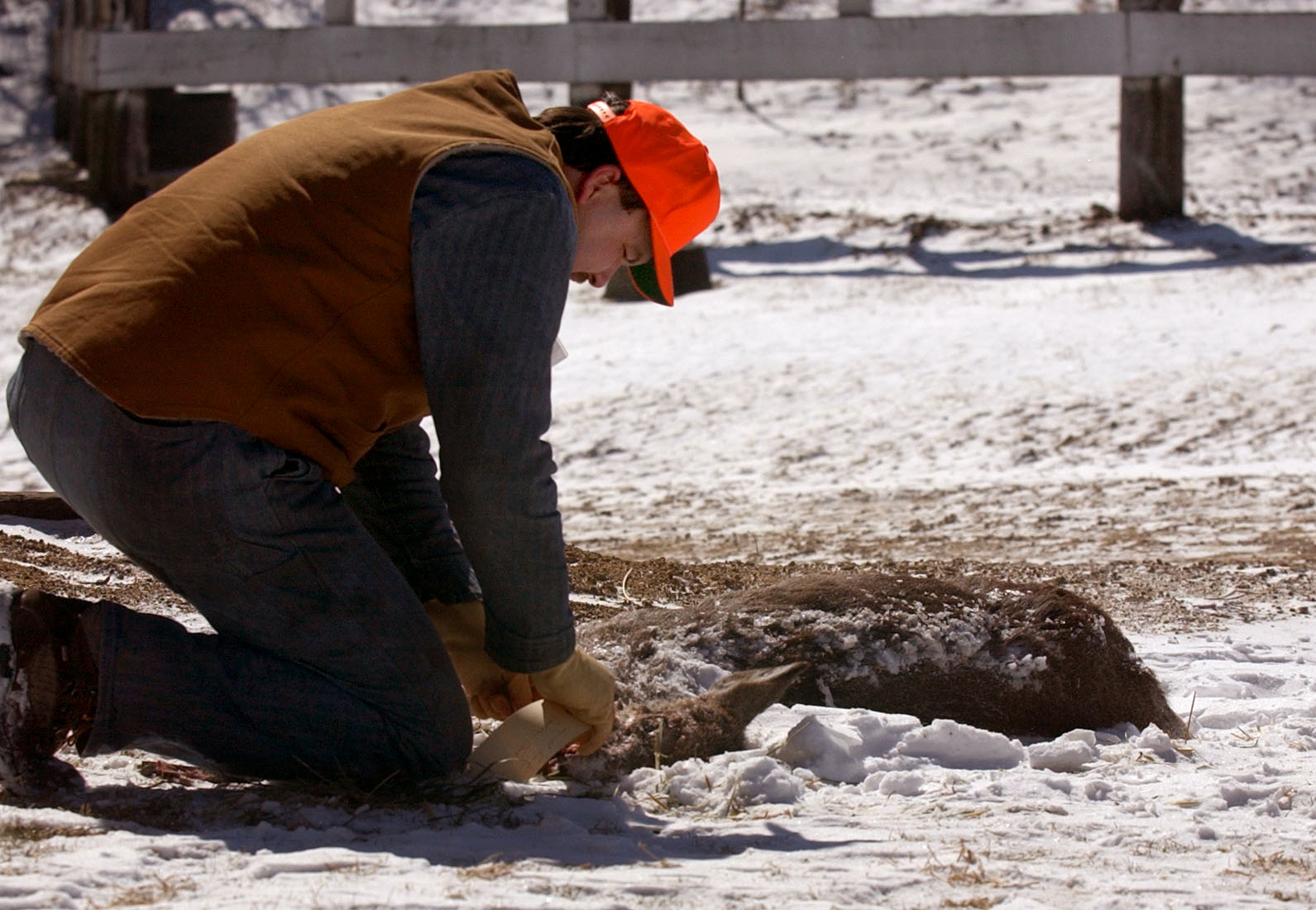
CWD spreads through contact with saliva, urine or feces of an infected deer. The disease can also be transmitted by movement of the disease’s misfolded protein or infected deer from one location to another.
Democratic Gov. Tony Evers proposed six positions for the state’s Veterinary Diagnostic Lab to improve capacity for CWD testing under the current state budget. He also proposed setting aside $1 million for one-time grants to purchase deer carcass disposal sites to limit the disease’s spread. Republican lawmakers stripped those items from the budget.
In recent years, former DNR Secretary Preston Cole had said the agency was focusing on research to combat the spread of the disease after opposition to regulations. In 2018, Republican former Gov. Scott Walker proposed emergency rules while running for reelection that would’ve included a requirement for double-fencing of deer farms.
Multiple counties and conservation groups supported the move, but the proposals drew pushback from the deer farm industry and some GOP lawmakers. Rules that would have required double-fencing or limited movement of deer killed in CWD-affected areas were either scrapped or allowed to expire.
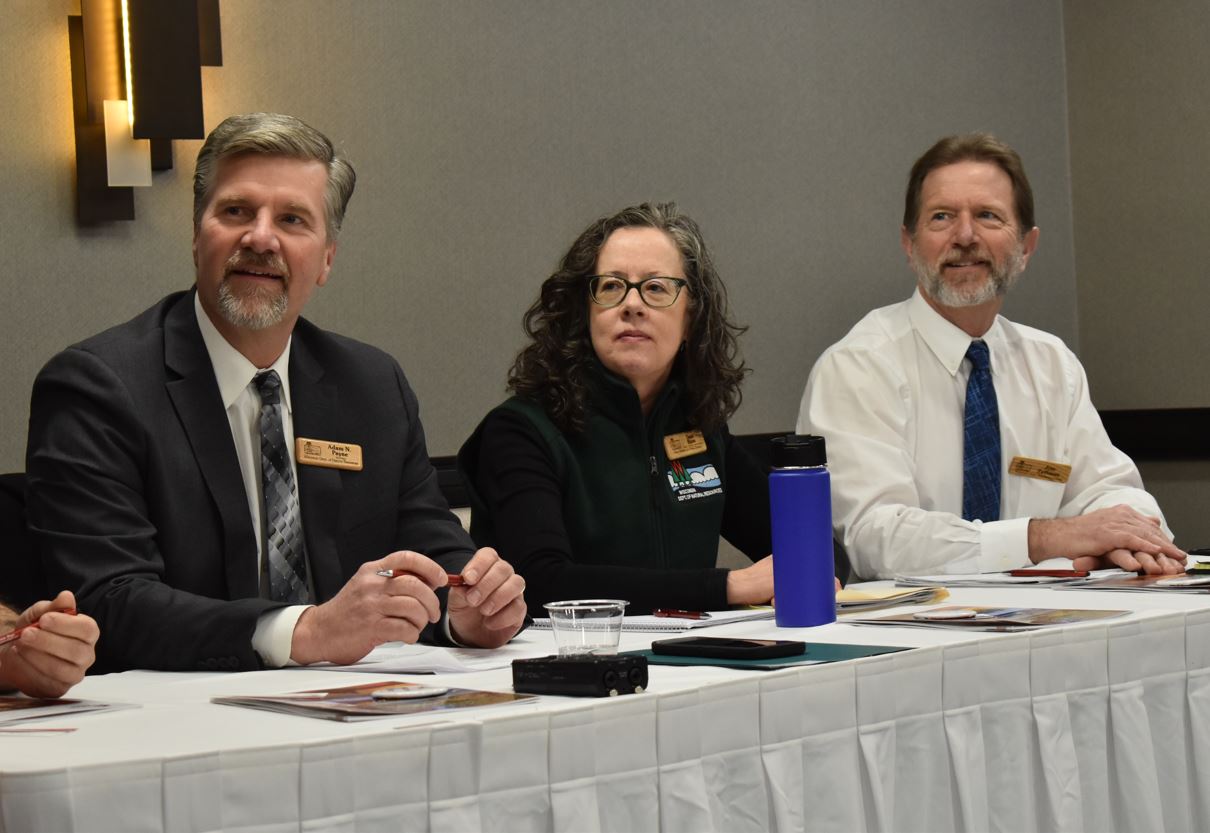
In the future, Larson said the agency’s CWD response plan will guide ongoing management. Under a recent review, a committee proposed various actions to address the disease that include harvest regulations to reduce deer, regulations for managing farm-raised deer and increasing funding for management and research.
Tami Ryan, the DNR’s deputy administrator of fish, wildlife and parks, said the agency has not implemented any recommendations from that review.
“This suite of recommendations that are kind of a package that we’d want to implement in tandem or collectively, and we’ve had multiple conversations with (DNR) secretaries. Since that time, we’ve had several changes in the secretary’s office,” Ryan said. “So every time those changes occur, the conversation starts over.”
The agency hopes to bring a new plan before the board for approval next year.
Since 2002, the DNR has sampled just under 317,000 deer. Of them, 12,580 have tested positive for the disease.
Wisconsin Public Radio, © Copyright 2025, Board of Regents of the University of Wisconsin System and Wisconsin Educational Communications Board.

